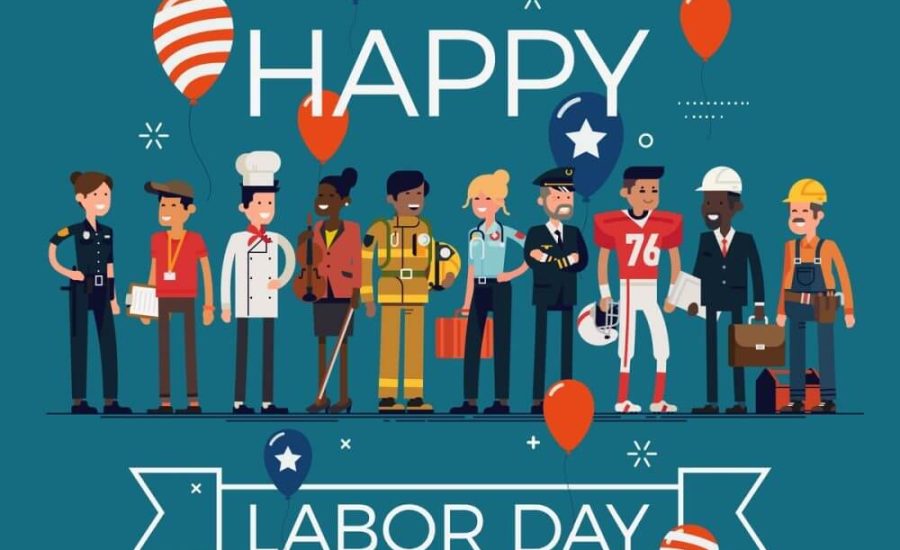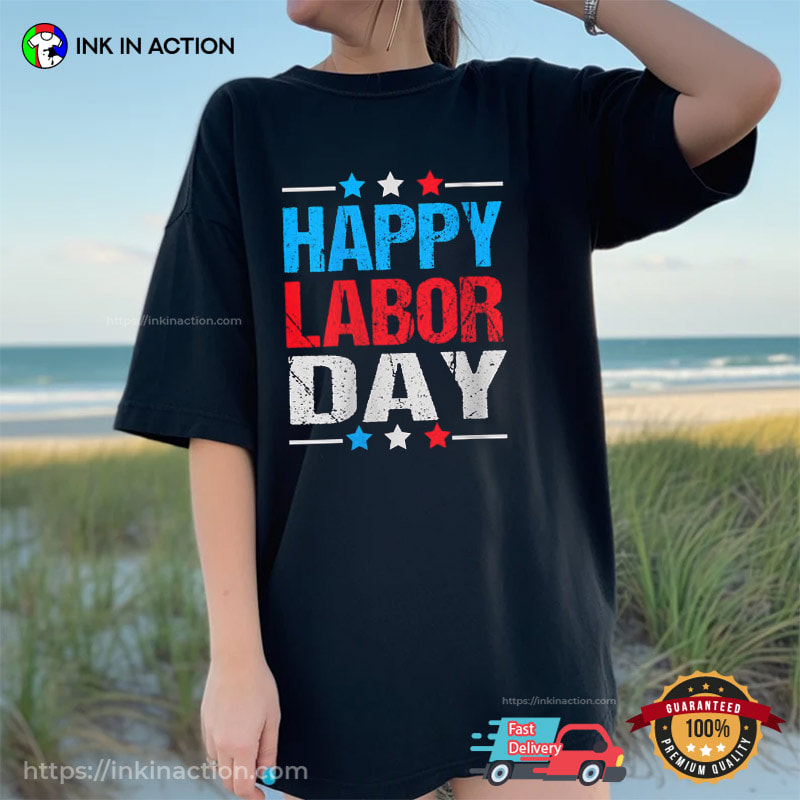Holidays
Honoring the Contributions of Workers on Labor Day 2023
Labor Day, a nationally recognized holiday in the United States, goes far beyond being a simple break from work or a reason for sales and barbecues. This day, observed on the first Monday of September, holds deep historical and cultural significance, serving as a tribute to the essential contributions of workers throughout the nation’s history. As we prepare to celebrate Labor Day, it’s important to delve into the origins of this holiday, understand its significance, and reflect on the progress made in workers’ rights and the challenges that lie ahead. In this blog, we’ll explore the evolution of Labor Day and why it continues to be an essential time for acknowledgement, gratitude, and advocacy for workers’ well-being.
The Historical Context
Labor Day, as we know it today, traces its roots back to that tumultuous period. The Central Labor Union in New York City organized the first Labor Day parade on September 5, 1882, where workers took to the streets in a display of unity and solidarity. This event laid the groundwork for an annual commemoration of workers and their contributions.
The movement for Labor Day gained further momentum, and its significance was recognized on a broader scale. In 1894, against the backdrop of major labor strikes, President Grover Cleveland signed Labor Day into law as a federal holiday. This action not only acknowledged the essential role of workers in the nation’s progress but also represented a significant step toward acknowledging their rights and welfare.
Significance of Labor Day
It serves as a vital moment to recognize the diverse array of workers whose efforts collectively shape our society. From those who work with their hands to those who contribute through their intellectual pursuits, Labor Day celebrates the full spectrum of human labor and ingenuity.
The holiday also acts as a marker of progress in the realm of workers’ rights. Over the years, through the struggles and triumphs of the labor movement, substantial advancements have been achieved. From the establishment of reasonable work hours to the implementation of workplace safety standards, Labor Day stands as a testament to the transformative impact of collective action and advocacy.
Furthermore, the existence of weekends and public holidays, now integral to our work-life balance, can be attributed to the efforts of workers and the labor movement. These achievements remind us that positive change is possible when individuals unite to pursue a common goal.
Recognizing the Diverse Workforce
Labor Day serves as a poignant reminder to recognize and celebrate this diversity within the workforce. It’s an occasion to acknowledge the contributions of individuals from all walks of life, whether they’re on the frontlines providing essential services, in laboratories conducting groundbreaking research, or in offices developing new technologies. Every role, no matter how seemingly small, plays a significant part in the intricate web of our interconnected world.
Moreover, Labor Day emphasizes the importance of equitable treatment for all workers. It’s a call to ensure that regardless of one’s background, ethnicity, gender, or any other characteristic, every worker deserves fair wages, safe working conditions, and the opportunity to thrive in their chosen field. Embracing diversity also means fostering an inclusive work environment that values different perspectives and fosters collaboration, ultimately leading to more innovative and effective outcomes.
The Changing Nature of Work
The 21st century has brought about unprecedented changes in the way work is organized and conducted. These shifts, driven by technological advancements and changing economic landscapes, have reshaped the traditional notions of employment and labor. As we commemorate Labor Day, it becomes essential to acknowledge and respond to these changes to ensure that the workforce remains empowered and adaptable.
One of the most notable transformations is the rise of remote work. Advances in communication technology have enabled individuals to work from virtually anywhere, blurring the boundaries between office and home. While this offers newfound flexibility, it also brings forth challenges related to work-life balance, isolation, and the need for clear communication and collaboration.
Celebrating Labor Day
1. Reflect on Labor History: Take some time to learn about the history of labor movements and the milestones that led to the establishment of Labor Day. Understanding the struggles and achievements of workers in the past can deepen your appreciation for the significance of the holiday.
2. Express Gratitude: If you’re an employer or manager, consider expressing your gratitude to your employees for their hard work and dedication. Recognizing their efforts can foster a positive work culture and boost morale.
3. Support Local Businesses: Labor Day weekend is an excellent opportunity to support local businesses. Visit local markets, shops, and restaurants to contribute to your community’s economy.
4. Family Picnic or BBQ: Gather friends and family for a picnic or barbecue to celebrate the holiday together. Enjoy good food, games, and quality time spent with loved ones.
5. Self-Care and Relaxation: Lastly, don’t forget to take a moment for yourself. Whether it’s reading a book, buying gifts , or simply taking a leisurely walk, use Labor Day to recharge and rejuvenate.
Conclusion
As we bid farewell to another Labor Day, let’s carry its spirit forward. Let’s uphold the values it represents—dignity, unity, and progress—every day of the year. Let’s celebrate the laborers who have built and continue to shape our world, ensuring that their contributions are recognized, valued, and protected. By doing so, we honor the true essence of Labor Day.





